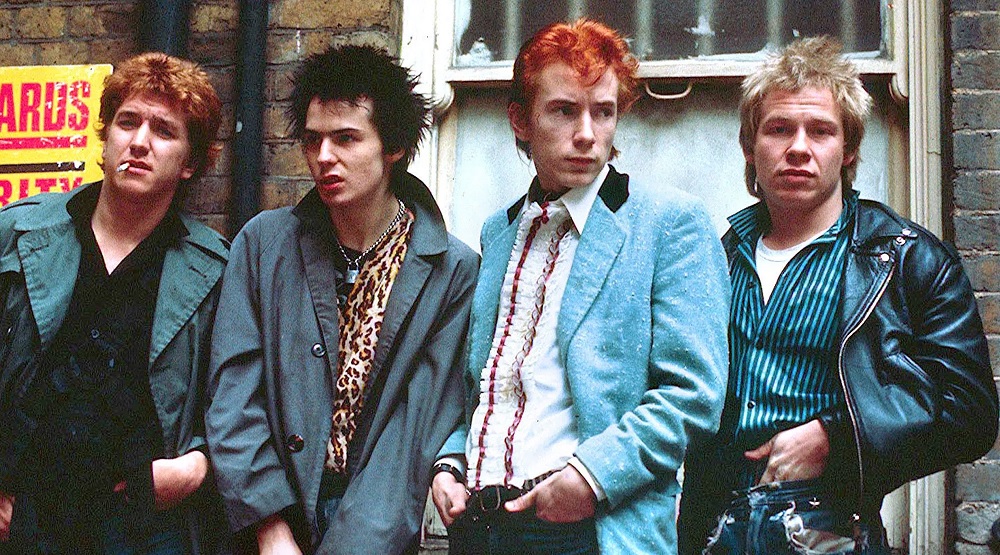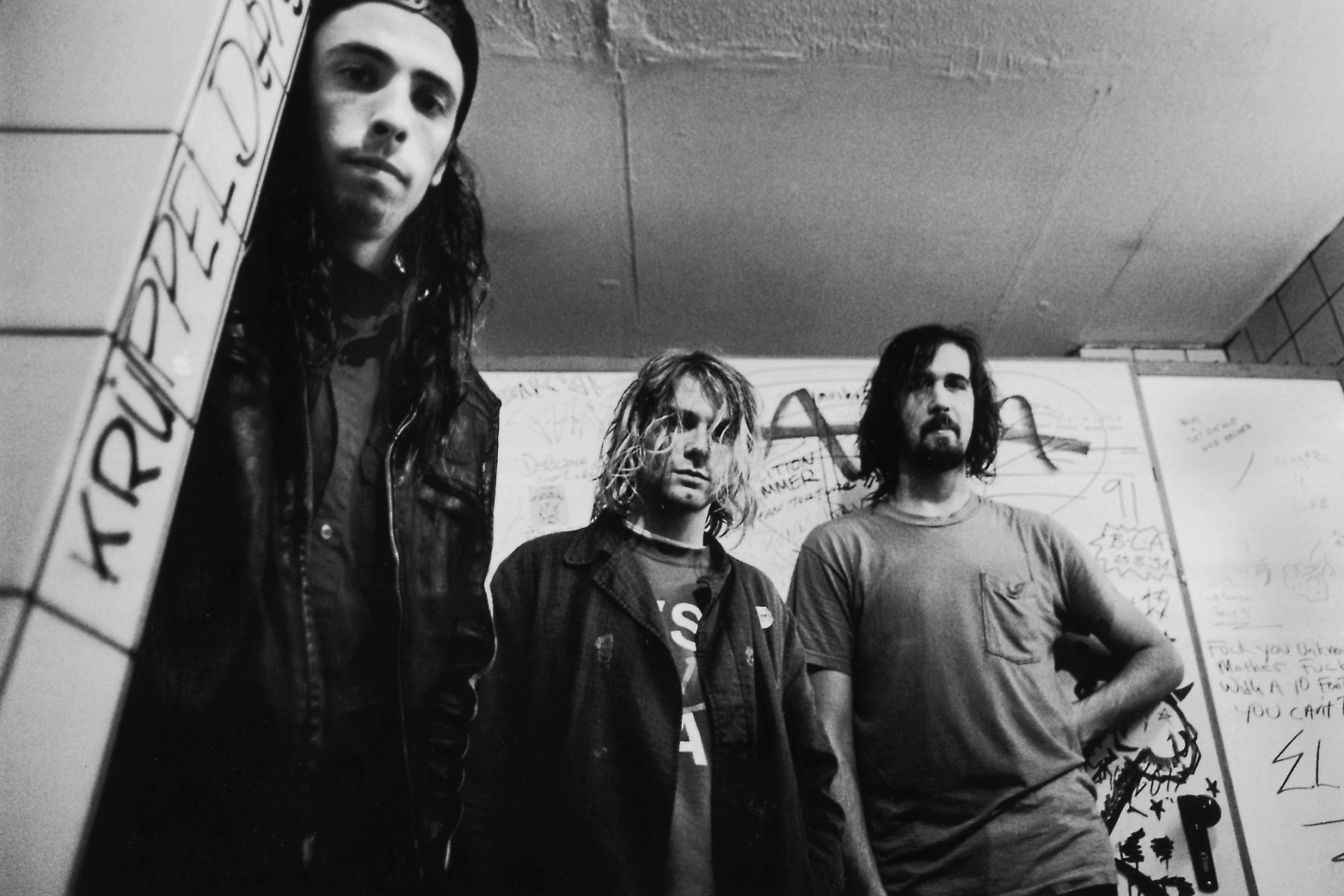The era of formation of hard rock
The “Crimea” case was continued by the famous British hard rock groups – “Deep Purple”, “Black Sabbath” and “Led Zeppelin”. “Deep Purple” performed simple fast hard rock, Richie Blackmore’s guitar was the main soloing instrument; “Black Sabbath” played much harder, darker music, which is why they are considered the forerunners of heavy metal; “Led Zeppelin” produced an absolutely unique version of hard rock, built on blues riffs, played on a hard “fused” electric guitar. Although hard rock existed outside of Great Britain, it was here that it became the most popular.
Along with hard rock, art rock
(in the Western tradition – progressive rock) is formed, the style combined the conquest of beat and the psychedelic era with the achievements of classical music, jazz and folk music. Very often, in the desire to “mix everything with everything”, musicians often completely avoided their fatal roots, and the word “rock” when applied to their music can only be explained by inertia. The first progressive rock group in the world is considered to be “Moody Blues”, which appeared in the first half of the 60s as a beat team, but starting with the second album in 1967 “Days of the future have passed”, it completely changed its sound, enriching it with complexity construction of compositions and symphonic scale. “King Crimson”, “Genesis” and “EU” are considered the most successful progressive rock bands.
In the work of progressive rock groups, long, elaborate rock suites are often found, compositions consisting of several parts, and a large number of rock arrangements of classical music. So, “Emerson, Lake and Palmer” released an album in 1971, which is an incredibly energetic, talented treatment of “Pictures from an Exhibition” by M. Mussorgsky. Within progressive rock, several directions can be distinguished, such as symphonic rock or space rock. Precisely because of its democracy, progressive rock was the most international of all types of rock music; progressive rock bands were popping up all over Europe.

In addition to hard rock and progressive rock, in the second half of the 1960s, less significant trends in rock music appeared. Jazz-rock is born, glam-rock takes shape, which is characterized by a deliberately theatrical presentation of the material. Musicians who prefer blues harmonies in their music are beginning to be classified as blues rock, while those who draw inspiration from the traditions of folk music are classified as folk rock.
Hard rock and progressive rock remained the leading directions of rock music during the first half of the 1970s. In the second half of the 1970s, a turning point occurs in rock music, the main techniques of these two directions begin to be exhausted. Musicians are again embarking on creative pursuits, but the crisis that occurred in classic rock music at the end of the 70s is fatal for most groups. Many groups, unable to adapt to changes in the cultural context, disband, others rapidly commercialize, but this rarely leads to satisfactory results.
At the end of the 70s, the history of the “disco” style begins, which conquered dance floors around the world. At the same time, punk rock appears – one of the most radical and marginal styles of rock music, which proclaimed the complete oblivion of all the principles of rock in the 60s and 70s and preached the simplest three-chord guitar noise music with an almost complete absence of melody. Punk rock, with its exaggerated simplicity and inherent aggression, was a reaction to the virtuosity and sophistication of hard rock and especially progressive rock. “Sex Pistols” remained one of the very few “uncompromising” punk groups, in part because of their short existence. Other punks soon commercialized, while continuing to exploit the punk aesthetic – aggressive outrage in appearance and behavior. As a philosophy, punk didn’t live long, most likely because it was needed for the development of world music solely to “kill” the decomposing trends of the 70s and free up space for new currents.
This shift in cultural consciousness, which occurred in the second half of the 1970s, is considered the boundary separating classic rock from modern rock. Throughout its history, rock music has come a long way. Looking back, it’s clear that beat and rock ‘n’ roll were groundbreaking styles that were very important to the history of music. In fact, in the 1950s and 1960s, a new direction in world music culture was born. Having combined the achievements of previous periods, rock music firmly stood on its feet, proving to the world its cultural self-sufficiency. All modern musical mass culture in one way or another emerged from the classic rock of the 1960s and 1970s.
The first groups of alternative rock appear in the USA in the early 80s.
They made attempts to combine the energy of punk rock, musical foundations of post-punk, folk rock harmony and guitar techniques. These characteristics are characteristic of the work of one of the first groups of the genre, R.E.M., who released their first and most influential records in 1982-1983. The combination of post-punk base and folk guitars in melodic and emotional songs brought the group relative popularity even in wide circles. The sound of R.E.M. became the basis for the style of jangle-pop.
Another source of development of the alternative scene was hardcore. The Replacements, No Means No. conducted experiments to complicate the hardcore sound, rhythms, and melody. However, the real breakthrough in post-hardcore was made by Hüsker Dü, who are considered one of the most influential groups of the 80s. By the mid-’80s, this group had evolved from chaotic hardcore to songs in which dirty, heavy guitar sounds were intertwined with beautiful melodies (Grant Hart and Bob Mold are called some of the strongest composers in rock music) and atypical themes for punk. Although unsuccessful, Hüsker Dü had a huge influence on indie rock, indie pop and grunge.
Until the beginning of the 90s, the mainstream was in crisis, developing either at the expense of a few pop-rock stars, or at the expense of pop music, or at the expense of electro-pop and pop-metal, which is no longer related to rock, but in no way coming into contact with rock. Rock music, continuing to develop, remained throughout the world, and especially in the underground of the United States. However, in the 1990s there was a breakthrough – alternative music entered the mainstream. On the one hand, it caused discontent among radical fans. Although there were indeed disadvantages, there was also a significant plus – all seemingly opposite alternative subcultures (indie, punk, metal, techno) began to cooperate and look for new ways, striving to oppose the outright mainstream.

Until 1991, grunge developed as an underground phenomenon of the Seattle scene.
The turning point in the music of the 90s was the unexpected success of the album “Nevermind” by the grunge group Nirvana. It was from this moment that indie music began to receive time on American television and radio, and the leader of Nirvana, Kurt Cobain, was declared the “voice of the generation.” Nirvana’s music was the quintessence of grunge – heavy, desperate, depressing, built on gloomy riffs, a mixture of alternative rock and punk rock. Compared to its predecessors, Nirvana’s music, however, became much more melodic (influenced by Hüsker Dü and The Pixies). Following the first wave of grunge, a number of followers appeared: Stone Temple Pilots, Bush, Silverchair. By 1994, the widespread popularity of grunge began to wane, which was partly caused by the suicide of Kurt Cobain. However, the influence of grunge on rock music of the 1990s is significant.
The development of alt-rock in the 90s continues both on the basis of Brit-pop and grunge, and due to the development of ideas laid down by the classics of the 80s. However, the transition of a large part of alternative artists to major labels caused dissatisfaction of some fans and the recognition of this music as “unreal indie”.
On the basis of Britpop, one of the most influential indie groups of the decade – Radiohead – gradually formed its own style. Their style is characterized by mixing ideas of indie rock, kraut rock, art punk and even IDM in melancholic, atmospheric, sometimes very experimental compositions. Radiohead’s style had a major impact on the development of the British indie scene in the 90s. Manic Street Preachers were also close to Brit-pop – a strong indie group whose music was noticeably influenced by post-punk and American alt-rock of the late 80s, glam-rock in their image, and their lyrics were politicized. Unlike them, Tindersticks played extremely melancholic melodic music with jazz-rock elements. Other post-Brit pop groups include Muse, which tested the influence of metal and electronics, Travis, Coldplay, Placebo.
In the late 90s and early 2000s, all styles remained relevant, such genres as alternative rock, punk rock, pop punk, indie rock, emo, screamo, power pop developed.
Rock music still continues to develop, giving listeners pleasure.
